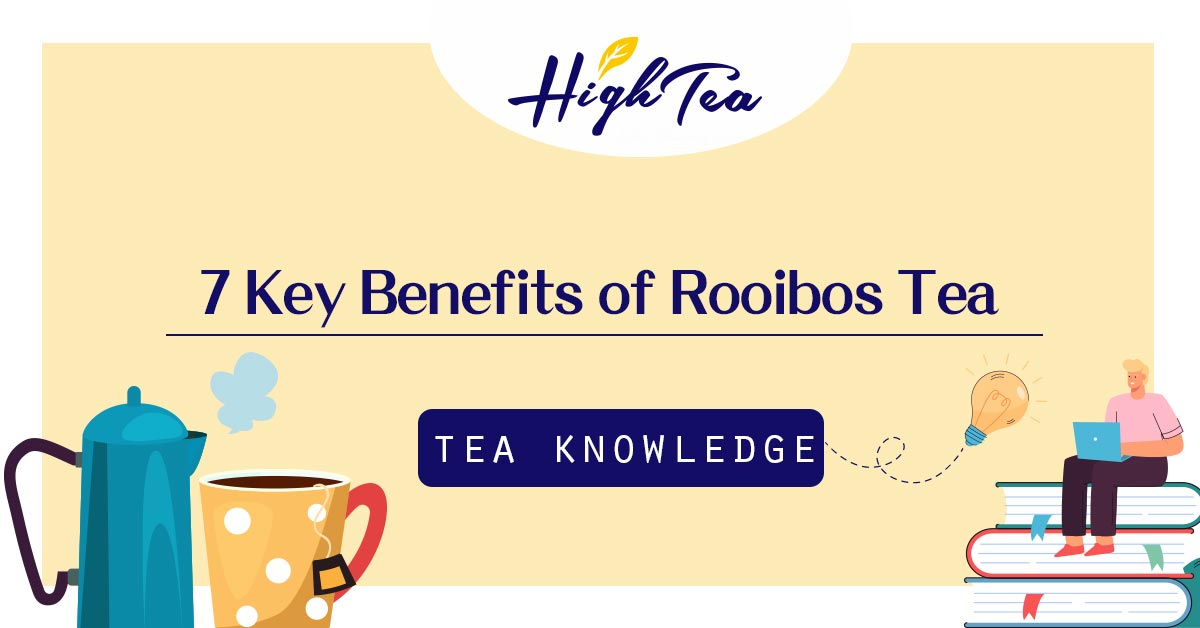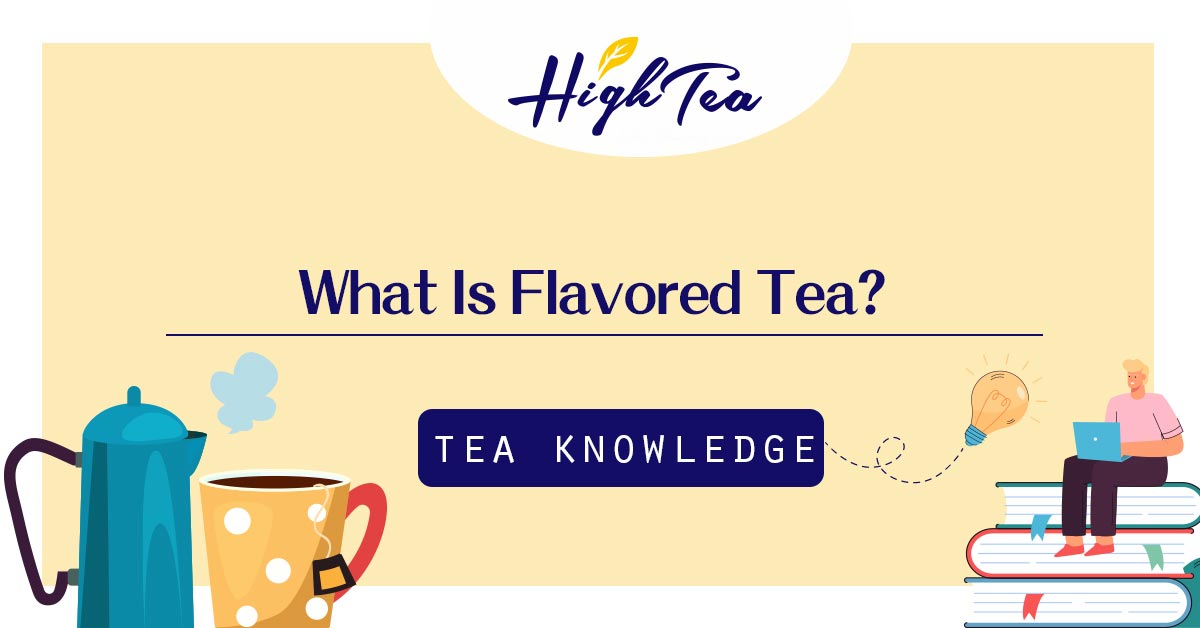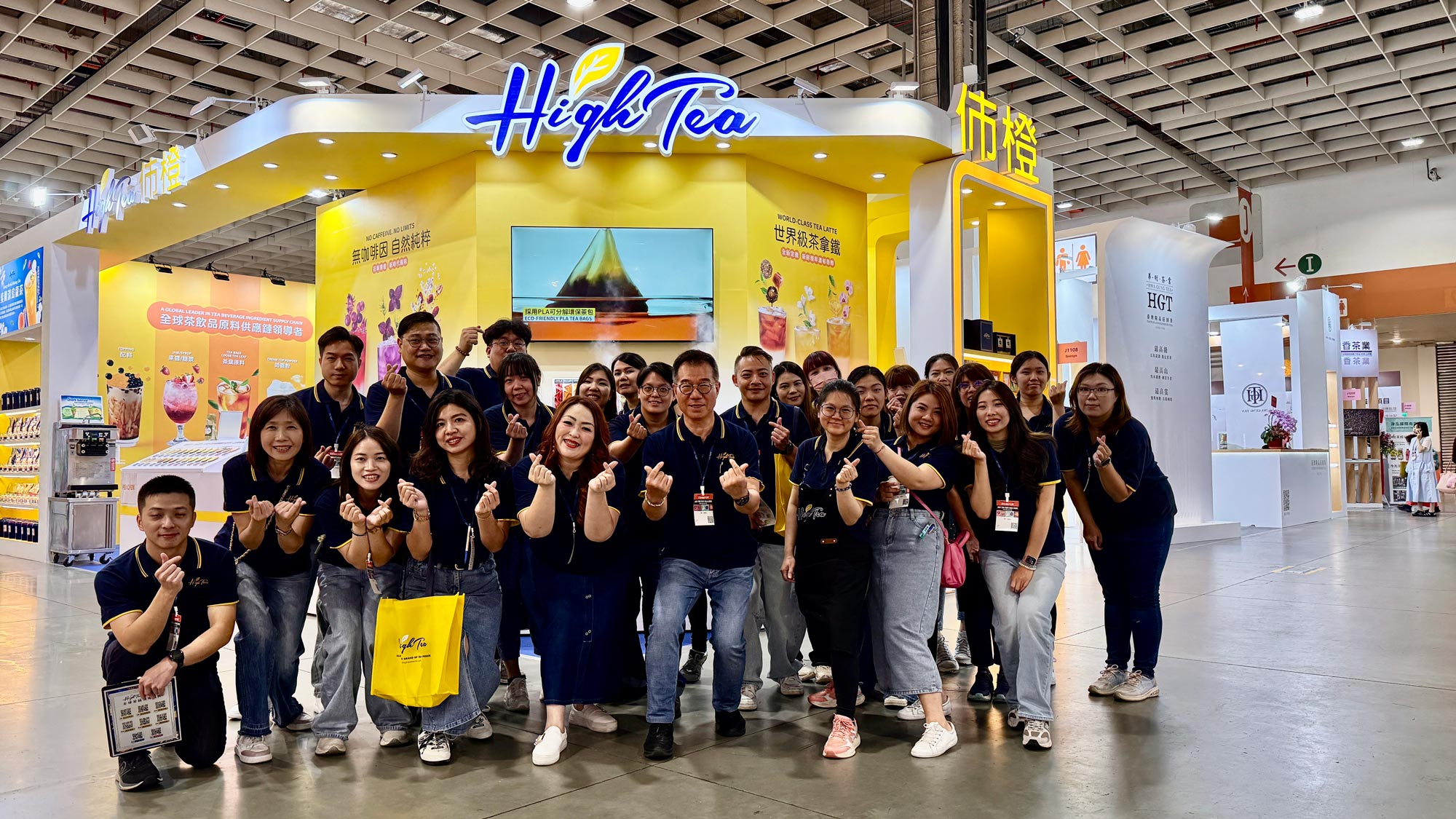The Rise of Black Bean, Roasted Grain, and Buckwheat Teas
In today’s wellness-driven world, “caffeine-free” has evolved from a niche preference into a mainstream lifestyle choice. No longer limited to pregnant women or those sensitive to caffeine, the caffeine-free movement now reflects a broader desire for healthier, more balanced beverage options. From cafés and tea houses to restaurants and retailers, brands are embracing caffeine-free drinks as a new growth engine in the global beverage market.
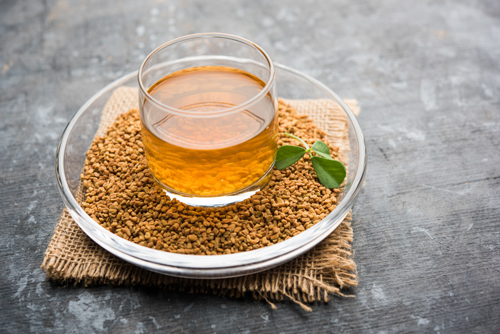
1. From “Avoiding Caffeine” to “Choosing Caffeine-Free”
According to global research firm Mintel, over 40% of consumers are actively reducing their caffeine intake. They aren’t rejecting stimulation entirely — they’re seeking beverages that offer relaxation, hydration, and authentic flavor without the crash.
Across Asia, this shift is especially evident in markets like Taiwan, Japan, and South Korea, where caffeine-free teas have become synonymous with a modern, health-conscious lifestyle. The appeal lies in their ability to deliver both wellness and flavor — a balance perfectly embodied by black bean, roasted grain, and buckwheat teas.
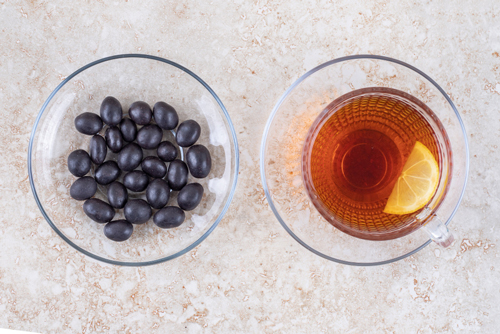
2. Black Bean Tea: A Roasted Aroma from Japan and Korea
Black bean tea has been a staple in Japan and South Korea for years, loved for its naturally sweet, nutty aroma. When roasted at low temperatures, black beans release a toasty flavor reminiscent of cocoa and almonds — rich, smooth, and caffeine-free.
This tea is also packed with antioxidants, plant protein, and dietary fiber, making it both wholesome and flavorful. Its versatility is one reason behind its popularity:
- Ideal as a dining tea in restaurants to enhance meal pairings.
- Easily adapted into black bean lattes or dairy-alternative drinks.
- Suitable for instant powder or tea bag formats for cafés and convenience stores.
With its comforting aroma and functional benefits, black bean tea is one of the fastest-growing segments in the caffeine-free beverage category.
3. Roasted Grain Tea: A Natural Bridge Between Culture and Wellness
Roasted grain tea — made from barley, brown rice, corn, or Job’s tears — is deeply rooted in Asian food culture. Known as gokcha (곡차) in Korea and genmaicha in Japan, it’s celebrated for its mild, nutty, and toasty character.
These teas are gentle on the body, naturally caffeine-free, and offer a sense of satiety that appeals to health-conscious consumers. As the global demand for functional beverages rises, roasted grain teas are finding new relevance in various settings:
- Dining applications: Perfect with Japanese or Korean meals.
- Hospitality use: Served as a welcoming, non-alcoholic beverage.
- Ready-to-drink products: Expanding rapidly in low-sugar markets.
Roasted grain tea is more than just a drink — it’s a reflection of cultural comfort meeting modern wellness.
4. Buckwheat Tea: The Rising Star of Healthy Beverages
In recent years, buckwheat tea has captured the spotlight in Taiwan and across Asia. Beyond being caffeine-free, it carries strong health and sustainability value.
Buckwheat contains rutin and quercetin, natural antioxidants that contribute to its health reputation, while its roasted flavor profile offers a warm, nutty sweetness that’s both refreshing and soothing.
This versatility opens endless possibilities:
- Hot brewed for a rich, roasted aroma.
- Cold brewed for a refreshing, slightly sweet flavor.
- Blended into fruit teas, desserts, or tea lattes for café menus.
For beverage developers and restaurants, buckwheat tea represents a niche yet rapidly expanding opportunity that aligns with today’s clean-label and mindful consumption trends.
5. Business Insight: From “Caffeine-Free” to “All-Day Enjoyment”
The caffeine-free movement is redefining beverage consumption by breaking the traditional time barriers of coffee and tea.
Caffeine-free drinks fit seamlessly into morning, afternoon, and even nighttime occasions, enabling brands to extend their sales hours and diversify product lines.
For the food and beverage industry, this isn’t just about offering a healthier choice — it’s about creating a new category of daily enjoyment:
- Restaurants can serve roasted grain or buckwheat tea as meal companions.
- Tea brands can launch caffeine-free series targeting evening consumers.
- RTD brands can build “all-day caffeine-free” campaigns to win health-conscious audiences.
6. The Future of Innovation: Ingredients Meet Technology
The next phase of caffeine-free innovation goes beyond simply removing caffeine.
With advances in processing and flavor formulation, brands are experimenting with grain blends, layered aromas, and instant tea powders that deliver complexity and convenience.
For B2B clients — cafés, restaurants, and beverage brands — the ideal product is one that is stable, health-oriented, and sensorially distinctive.
That’s exactly why black bean, roasted grain, and buckwheat teas are poised to become the next cornerstones of the global beverage market.
Conclusion: Caffeine-Free Is No Longer Just a Choice — It’s a Movement
From the roasted depth of black bean tea to the nutty richness of grain tea and the gentle sweetness of buckwheat tea, caffeine-free beverages embody a new era of wellness and flavor.
As consumers seek balance between indulgence and health, brands that embrace this shift early will lead the next wave of innovation — one cup at a time.


